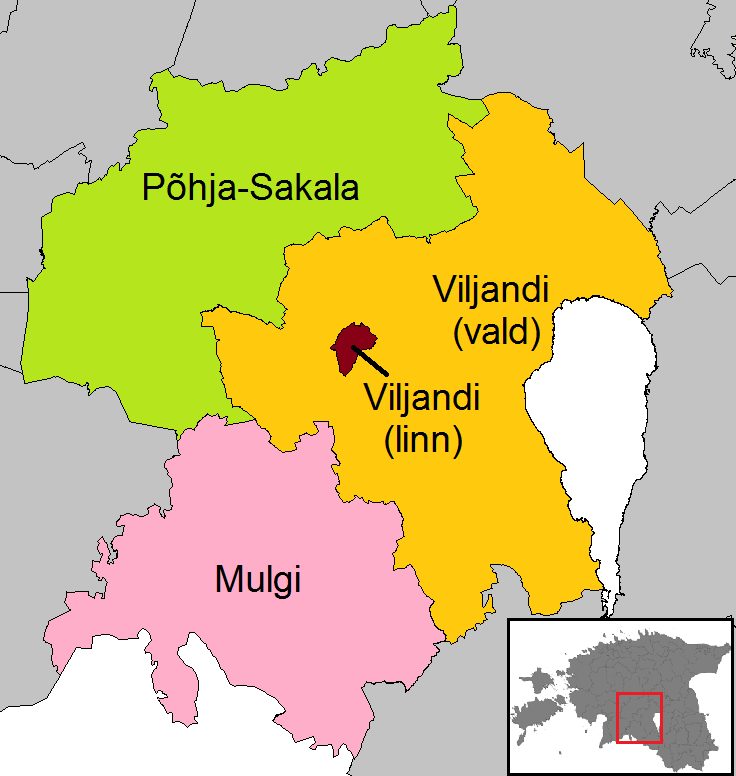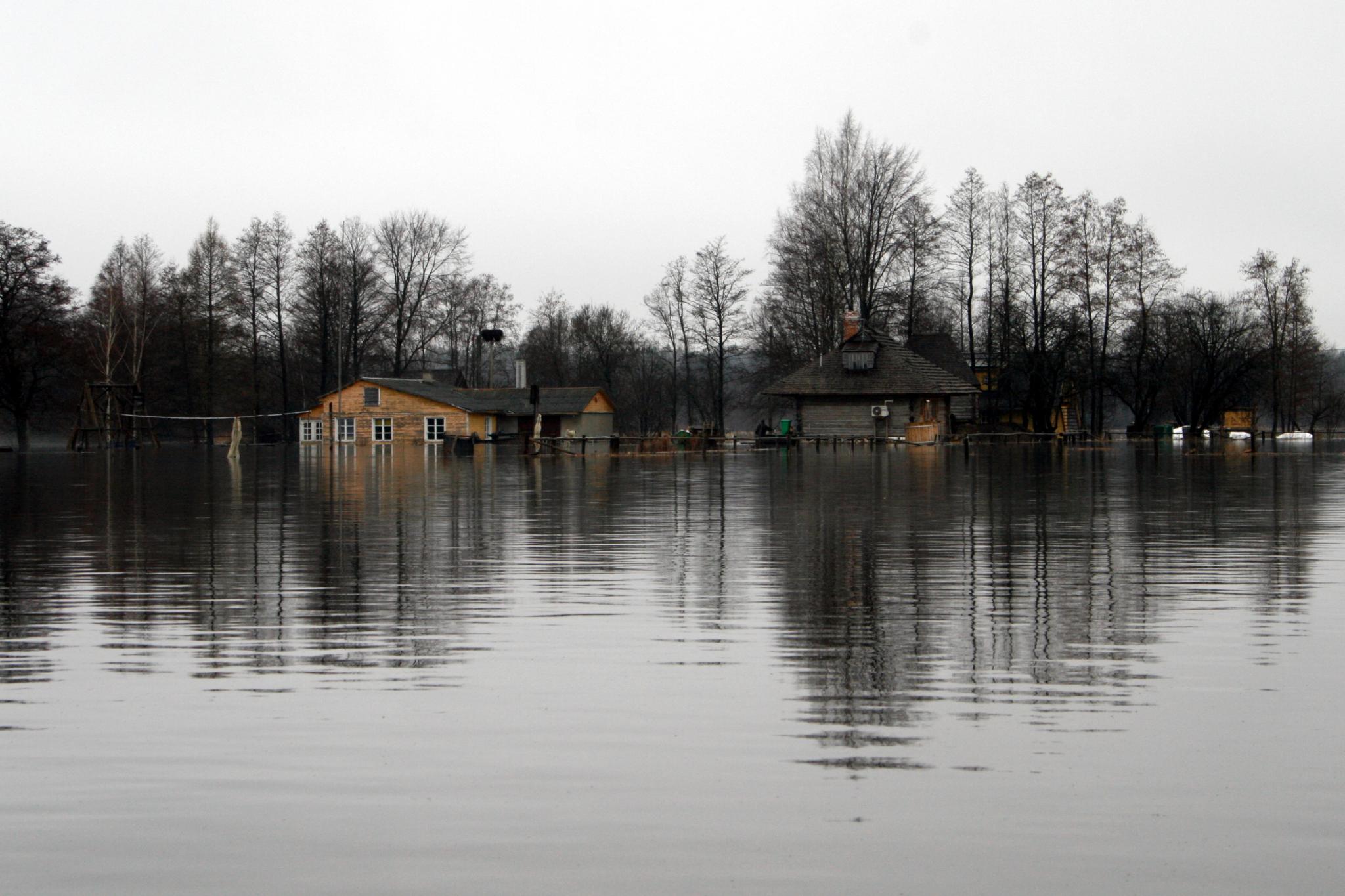|
Karjasoo
Karjasoo is a village in Põhja-Sakala Parish, Viljandi County in central Estonia, located about west of the town of Suure-Jaani, the administrative centre of the municipality. (retrieved 28 July 2021) Most of the village's territory is covered by the northern part of Kuresoo Bog, which is part of Soomaa National Park. In 2009 Karjasoo had a population of 7. The composer, organist, and folk song collector Mart Saar (1882–1963) was born in Hüpassaare, which is now part of the village of Karjasoo. Gallery File:Mart Saare sünnikodu.jpg, Birthplace of the composer Mart Saar Mart Saar ( in Hüpassaare – 28 October 1963) was an Estonian composer, organist and collector of folk songs. Childhood Saar was born in the small borough of Hüpassaare (now in Karjasoo, Suure-Jaani Parish), Kreis Fellin in the Livonia ... in Hüpassaare File:Laugas Kuresoos Hüppassaare kohal.JPG, Bog in Hüpassaare References Villages in Viljandi County Kreis Fellin {{Viljandi-g ... [...More Info...] [...Related Items...] OR: [Wikipedia] [Google] [Baidu] |
Põhja-Sakala Parish
Põhja-Sakala Parish () is a rural municipality in Viljandi County.http://www.pohja-sakala.ee/ (accessed 7 March 2020) Settlements ;Towns Suure-Jaani, Võhma Võhma is a List of cities and towns in Estonia, town in Põhja-Sakala Parish, Viljandi County, central Estonia. History The settlement dates to the sixteenth century. The German-language name of the town was Wöchma. It began to grow when a ra ... ;Boroughs Kõpu, Olustvere ;Villages Aimla, Ängi, Arjadi, Arjassaare, Arussaare, Epra, Iia, Ilbaku, Ivaski, Jälevere, Jaska, Kabila, Kangrussaare, Kärevere, Karjasoo, Kerita, Kibaru, Kildu, Kirivere, Kobruvere, Kõidama, Koksvere, Kõo, Kootsi, Kuhjavere, Kuiavere, Kuninga, Kurnuvere, Laane, Lahmuse, Lemmakõnnu, Lõhavere, Loopre, Maalasti, Mäeküla, Metsküla, Mudiste, Munsi, Navesti, Nuutre, Paaksima, Paelama, Paenasti, Pilistvere, Punaküla, Põhjaka, Päraküla, Rääka, Reegoldi, Riiassaare, Sandra, Saviaugu, ... [...More Info...] [...Related Items...] OR: [Wikipedia] [Google] [Baidu] |
Mart Saar
Mart Saar ( in Hüpassaare – 28 October 1963) was an Estonian composer, organist and collector of folk songs. Childhood Saar was born in the small borough of Hüpassaare (now in Karjasoo, Suure-Jaani Parish), Kreis Fellin in the Livonian Governorate of the Russian Empire (now Estonia), to Mihkel and Ann Saar (''née'' Kimmel). His father was employed in the forestry business. He was the eldest of fours siblings; Anna (1885–1968), Hans (1895–1979) and Jaan (1897–1898). He received his education in the village school at Kaansoo and the Suure-Jaani Parish school. His music teacher in the Suure-Jaani parish school was Joosep Kapp, the father of Artur Kapp, another famous Estonian composer. In addition, Saar's father was a talented organist, who gave him lessons at home. Adult life In 1901, Saar left home to study music at the Saint Petersburg Conservatory. He graduated in 1908 but chose to continue his studies. After graduation in 1911, he became a music teacher i ... [...More Info...] [...Related Items...] OR: [Wikipedia] [Google] [Baidu] |
Populated Places In Estonia
Populated places in Estonia (officially: settlement units), are cities or settlement units of rural municipality, municipalities, but only cities have administrative functions. Settlement units are divided into settlements and urban regions (subdivisions of cities). Officially there are four types of settlement unit in Estonia: * village () - a sparsely populated settlement or a densely populated settlement with fewer than 300 permanent inhabitants * township () - a densely populated settlement with at least 300 permanent inhabitants * town () - a densely populated settlement with at least 1000 permanent inhabitants * city () As of 2024, there were 47 cities, 13 towns, 186 hamlets and 4457 villages in Estonia. See also *Municipalities of Estonia *List of cities and towns in Estonia *Counties of Estonia Notes References External links Place Names Board of Estonia [...More Info...] [...Related Items...] OR: [Wikipedia] [Google] [Baidu] |
List Of Sovereign States
The following is a list providing an overview of sovereign states around the world with information on their status and recognition of their sovereignty. The 205 listed states can be divided into three categories based on membership within the United Nations System: 193 member states of the United Nations, UN member states, two United Nations General Assembly observers#Current non-member observers, UN General Assembly non-member observer states, and ten other states. The ''sovereignty dispute'' column indicates states having undisputed sovereignty (188 states, of which there are 187 UN member states and one UN General Assembly non-member observer state), states having disputed sovereignty (15 states, of which there are six UN member states, one UN General Assembly non-member observer state, and eight de facto states), and states having a political status of the Cook Islands and Niue, special political status (two states, both in associated state, free association with New ... [...More Info...] [...Related Items...] OR: [Wikipedia] [Google] [Baidu] |
Estonia
Estonia, officially the Republic of Estonia, is a country in Northern Europe. It is bordered to the north by the Gulf of Finland across from Finland, to the west by the Baltic Sea across from Sweden, to the south by Latvia, and to the east by Russia. The territory of Estonia consists of the mainland, the larger islands of Saaremaa and Hiiumaa, and over 2,300 other islands and islets on the east coast of the Baltic Sea. Its capital Tallinn and Tartu are the two largest List of cities and towns in Estonia, urban areas. The Estonian language is the official language and the first language of the Estonians, majority of its population of nearly 1.4 million. Estonia is one of the least populous members of the European Union and NATO. Present-day Estonia has been inhabited since at least 9,000 BC. The Ancient Estonia#Early Middle Ages, medieval indigenous population of Estonia was one of the last pagan civilisations in Europe to adopt Christianity following the Northern Crusades in the ... [...More Info...] [...Related Items...] OR: [Wikipedia] [Google] [Baidu] |
Counties Of Estonia
The counties of Estonia () are the state administrative subdivisions of Estonia. Estonian territory is composed of 15 counties, including 13 on the mainland and 2 on islands. County governments () were abolished at the end of 2017, with their duties split between state authorities and local governments, and nowadays counties have no noteworthy independent competences. Counties are composed of Municipalities of Estonia, municipalities of two types: urban municipalities or towns (), and rural municipalities or parishes (), which are by law required to cooperate in development of their county. List As of 2023, the sum total of the figures in the table below is 42,644 km2, of which the land area is 42,388 km2, so that 256 km2 of water is included in the figures. History In the first centuries AD, political and administrative subdivisions began to emerge in Estonia. Two larger subdivisions appeared: the parish (kihelkond) and the county (maakond). The parish consisted of ... [...More Info...] [...Related Items...] OR: [Wikipedia] [Google] [Baidu] |
Viljandi County
Viljandi County ( or ''Viljandimaa''; ) is one of 15 counties of Estonia. It is located in southern Estonia bordering Pärnu, Järva, Jõgeva, Tartu and Valga counties as well as Latvia. History Viljandimaa, under the German name of ''Kreis Fellin'', was an important centre of commerce and power in the Middle Ages. Today, there are numerous castle ruins there dating from that time. Soomaa National Park is a national park located partially within Viljandi County, Estonia. Soomaa ("land of bogs") protects 390 km2, and is a Ramsar site of protected wetlands. The park was created in 1993. Retrieved 25 January 2016. County government The Viljandi[...More Info...] [...Related Items...] OR: [Wikipedia] [Google] [Baidu] |
Municipalities Of Estonia
A municipality (, plural ) is the smallest administrative subdivision of Estonia. Each municipality is a unit of self-government with its representative and executive bodies. The municipalities in Estonia cover the entire territory of the country. Municipalities in Estonia are of two types: *Urban municipalities or towns (, singular ) *Rural municipalities or Parish (administrative division), parishes (, singular ). There is no other status distinction between them. Municipalities may contain one or several Populated places in Estonia, settlements. All but 5 urban municipalities (Haapsalu (urban municipality), Haapsalu, Narva-Jõesuu (urban municipality), Narva-Jõesuu, Paide (urban municipality), Paide, Pärnu (urban municipality), Pärnu and Tartu (urban municipality), Tartu) plus 1 rural municipality (Ruhnu Parish, Ruhnu) contain only one settlement. As of 2017, there are no longer any "borough-parishes", i.e. rural municipalities with only one borough-type settlement. Ru ... [...More Info...] [...Related Items...] OR: [Wikipedia] [Google] [Baidu] |
Suure-Jaani
Suure-Jaani () is a Populated places in Estonia, town in the northern part of the county of Viljandi County, Viljandimaa in Põhja-Sakala Parish, Põhja-Sakala rural municipality, 25 kilometres north of the town of Viljandi. Until 2017, Suure-Jaani was the administrative centre of Suure-Jaani Parish, Suure-Jaani rural municipality. History The oldest archaeological findings from the area date back to the 6th millennium B.C. At the end of the 12th century A.D., the Lehola hill fort of ancient Estonians was built at a location (now known as Lõhavere) approximately two kilometres north-east of the present town border. The hill fort was the centre of the northernmost district (Estonian: ''kihelkond'') in the historical Estonian county of Sakala County, Sakala and also one of the centres of Estonians' fight against the conquest of German Livonian Brothers of the Sword, Sword Brethren in the 13th century, including in the Battle of Lehola. Not much except the hill remains of it but ... [...More Info...] [...Related Items...] OR: [Wikipedia] [Google] [Baidu] |
Soomaa National Park
Soomaa National Park () is a national park in south-western Estonia. Soomaa ("land of bogs") protects 390 km2, the park was created in 1993. Soomaa has been an Important Bird Area since 1989, a Ramsar site of protected wetlands since 1997, and a Natura 2000 area since 2004. Geography The national park, situated in Vahe-Eesti (aka Meso-Estonia), was created in 1993 to protect large raised bogs, flood plain grasslands, paludified forests, and meandering rivers. The territory of the national park is mostly covered with large mires, separated from each other by the rivers of the Pärnu River basin — the Navesti (river), Navesti, Halliste (river), Halliste, Raudna and Lemmjõgi rivers. Of the raised bogs, the most noteworthy is the Kuresoo Bog, whose steep southern slope, falling into Lemmejõgi, rises by 8 metres over a distance of 100 m. On the eastern edge of the national park, lie the highest dunes on the Estonian mainland, situated approximately 50 kilometres off the con ... [...More Info...] [...Related Items...] OR: [Wikipedia] [Google] [Baidu] |
Villages In Viljandi County
A village is a human settlement or Residential community, community, larger than a hamlet (place), hamlet but smaller than a town with a population typically ranging from a few hundred to a few thousand. Although villages are often located in rural areas, the term urban village is also applied to certain urban neighborhoods. Villages are normally permanent, with fixed dwellings; however, transient villages can occur. Further, the dwellings of a village are fairly close to one another, not scattered broadly over the landscape, as a dispersed settlement. In the past, villages were a usual form of community for societies that practice subsistence agriculture and also for some non-agricultural societies. In Great Britain, a hamlet earned the right to be called a village when it built a Church (building), church. [...More Info...] [...Related Items...] OR: [Wikipedia] [Google] [Baidu] |






